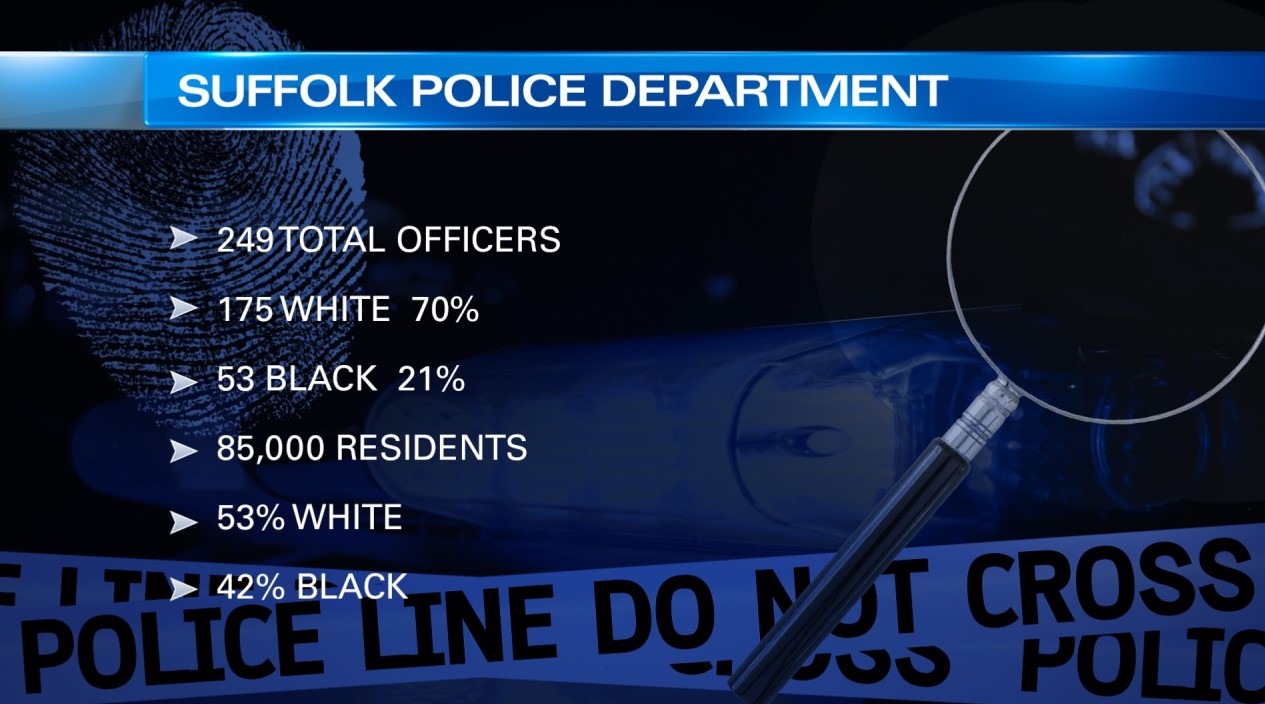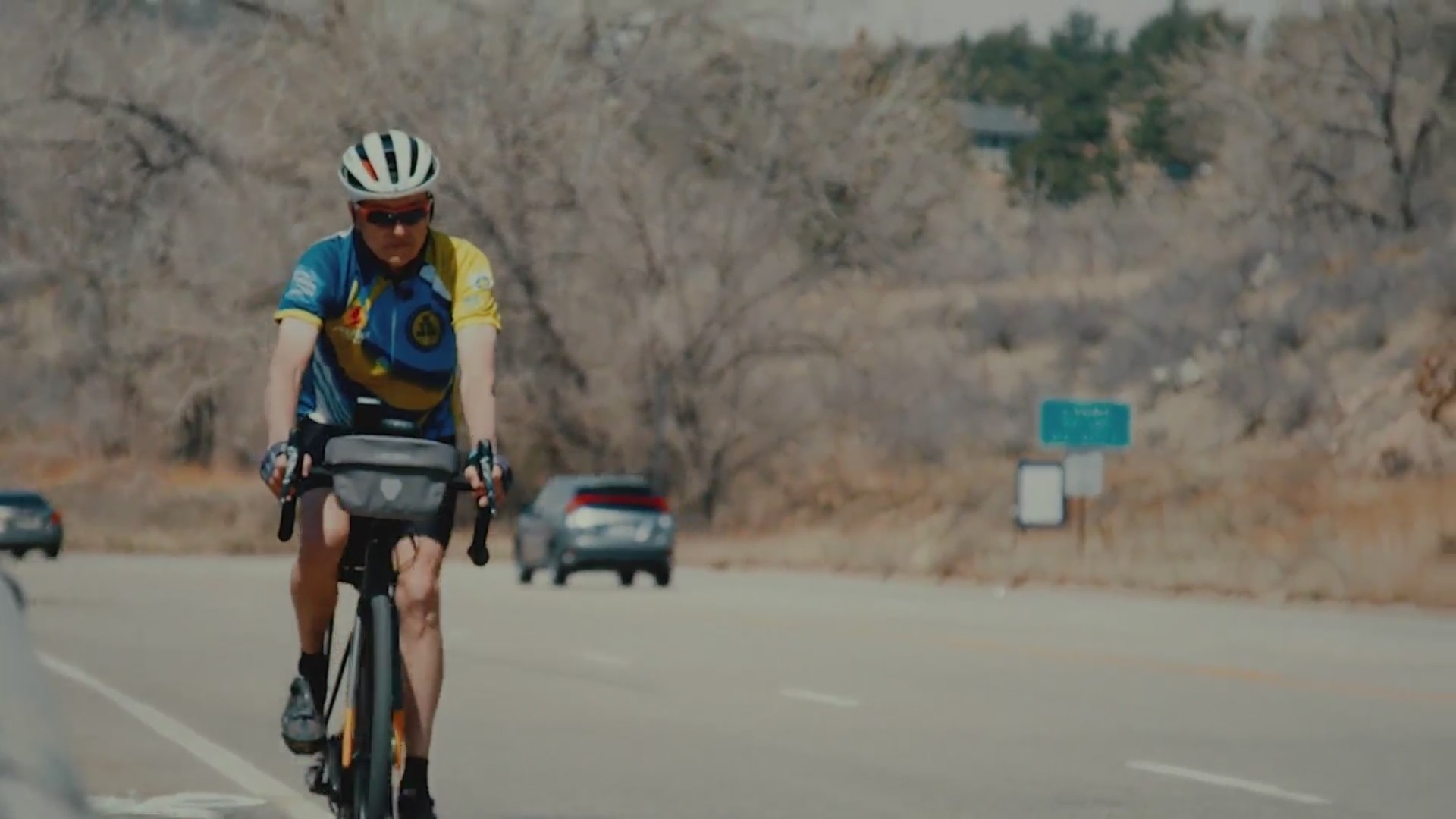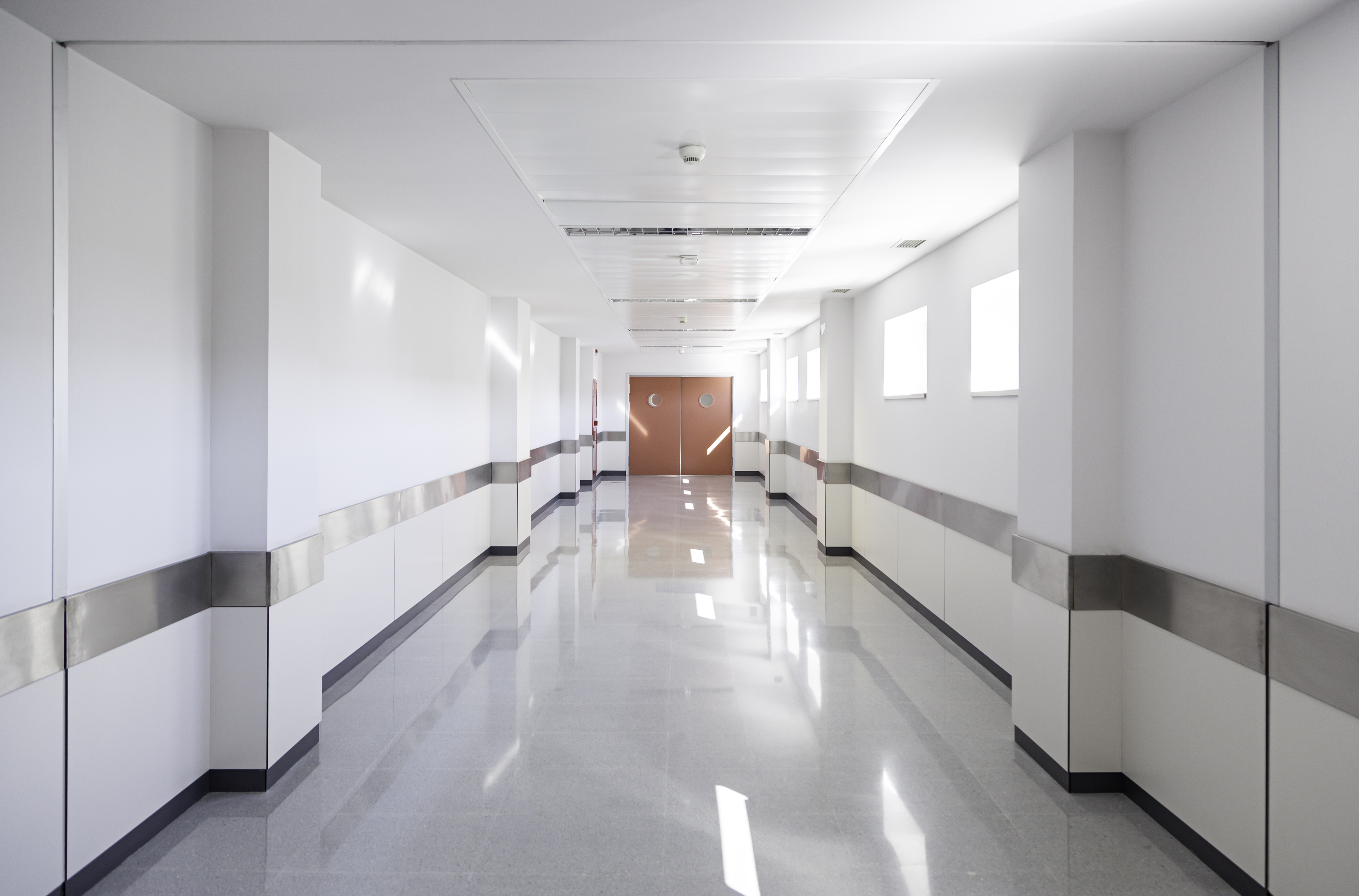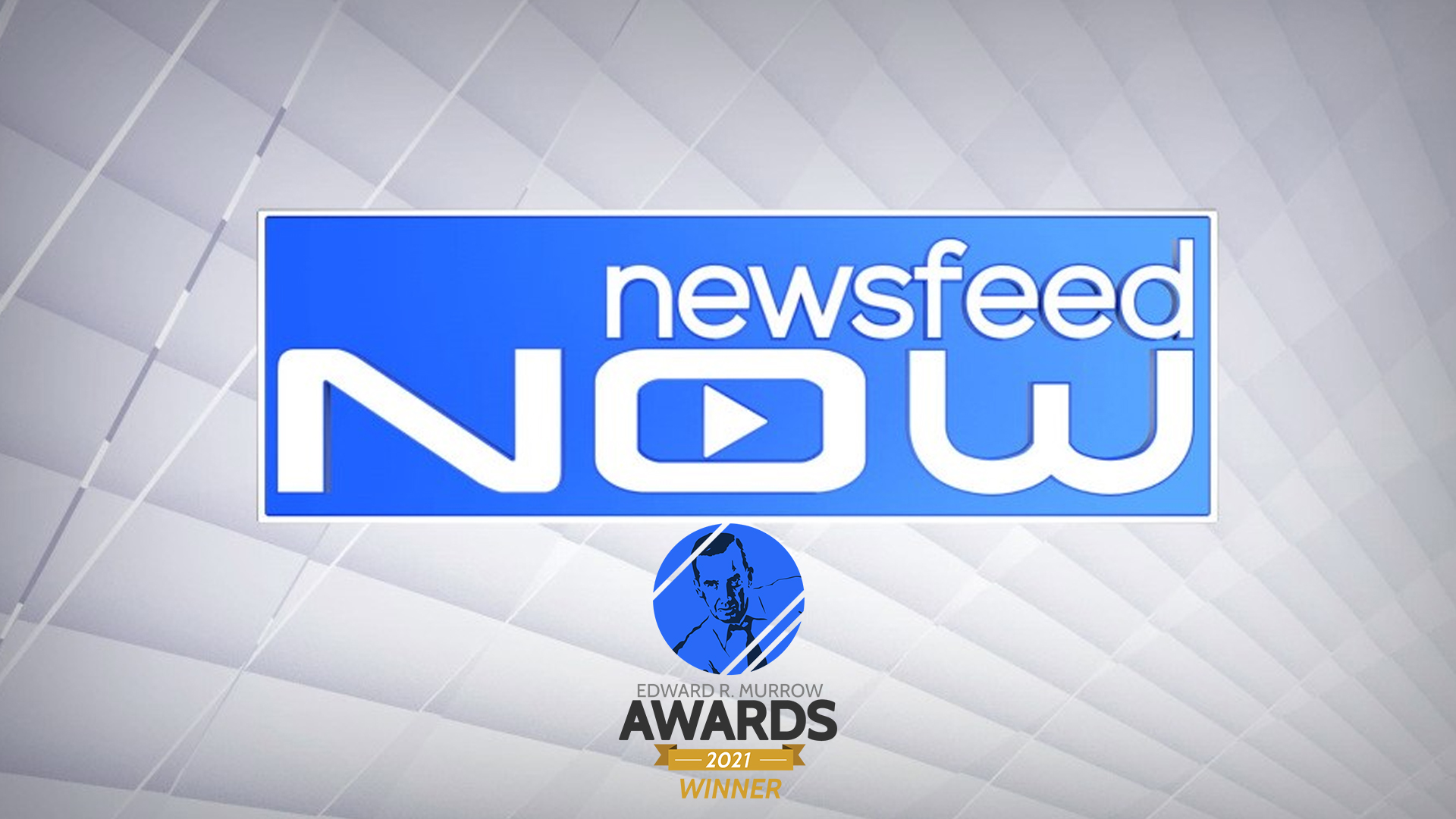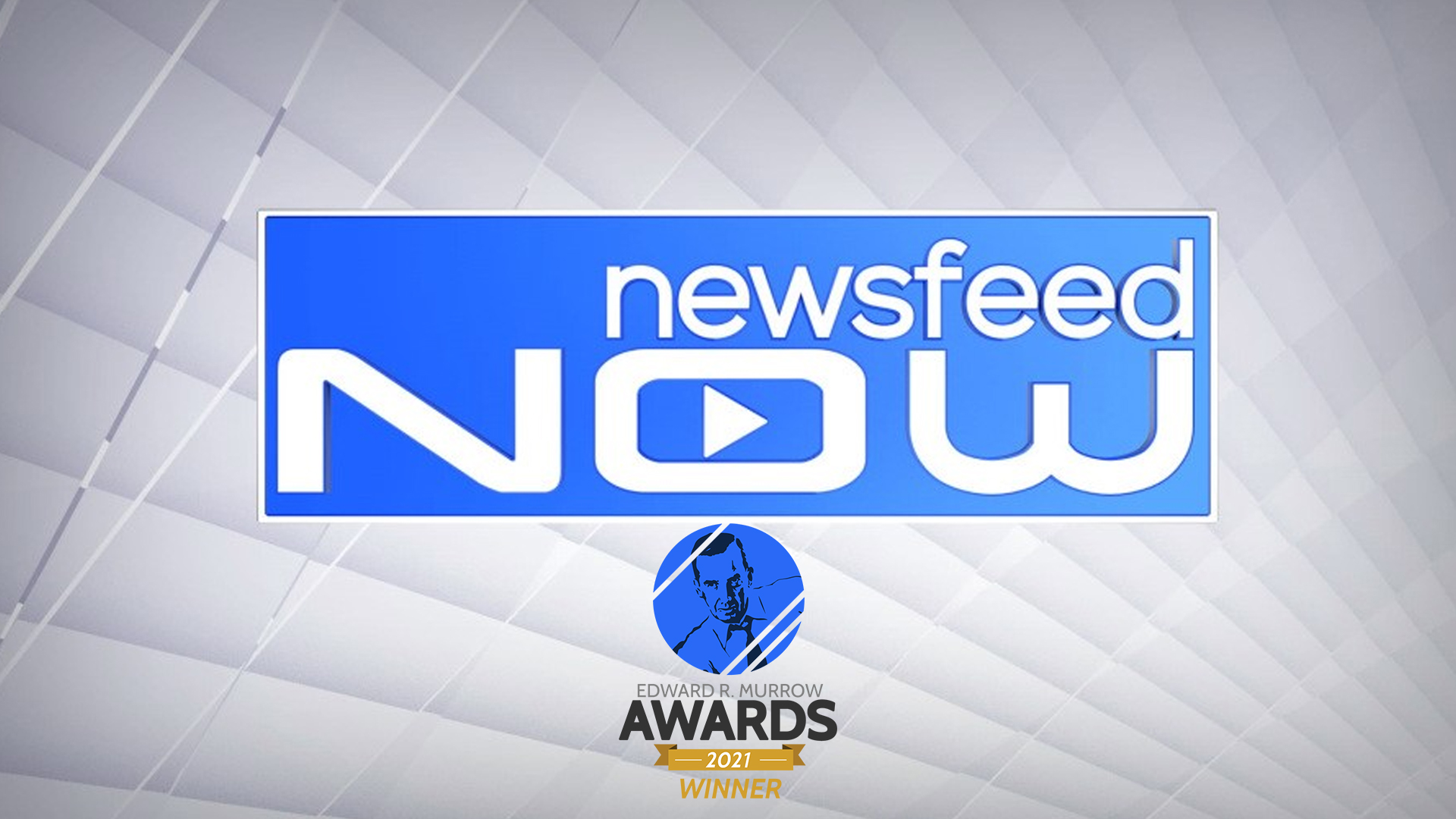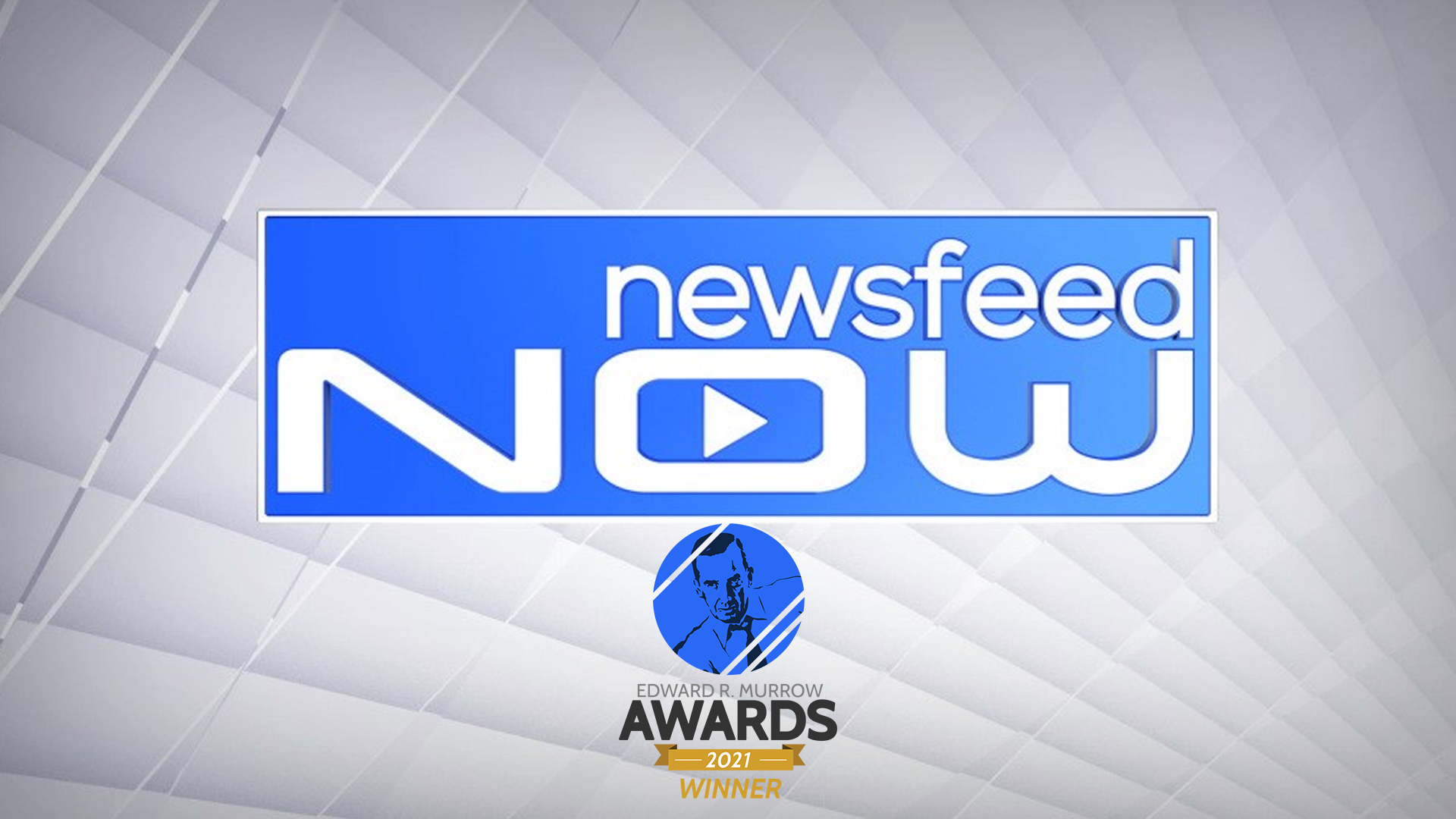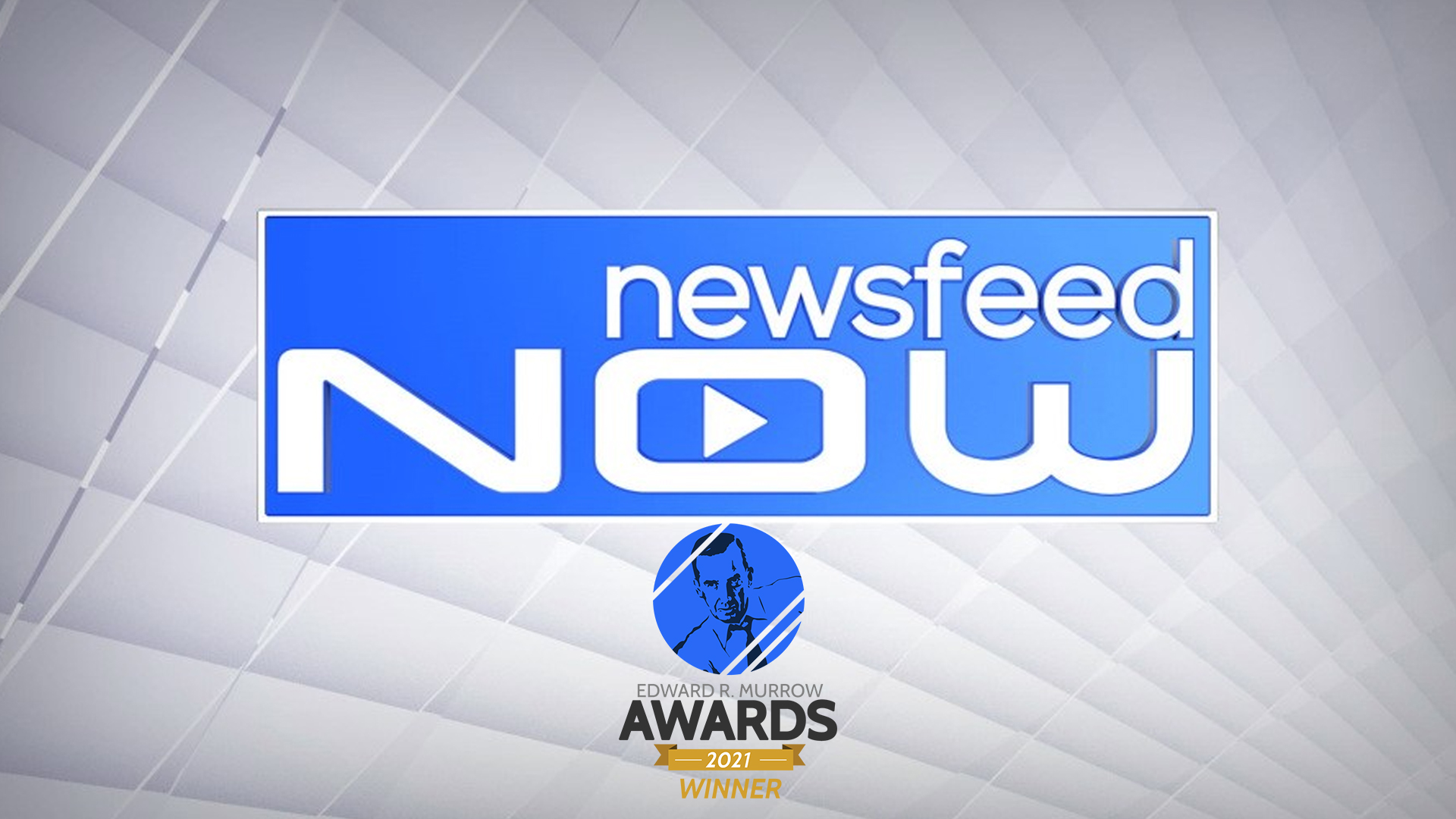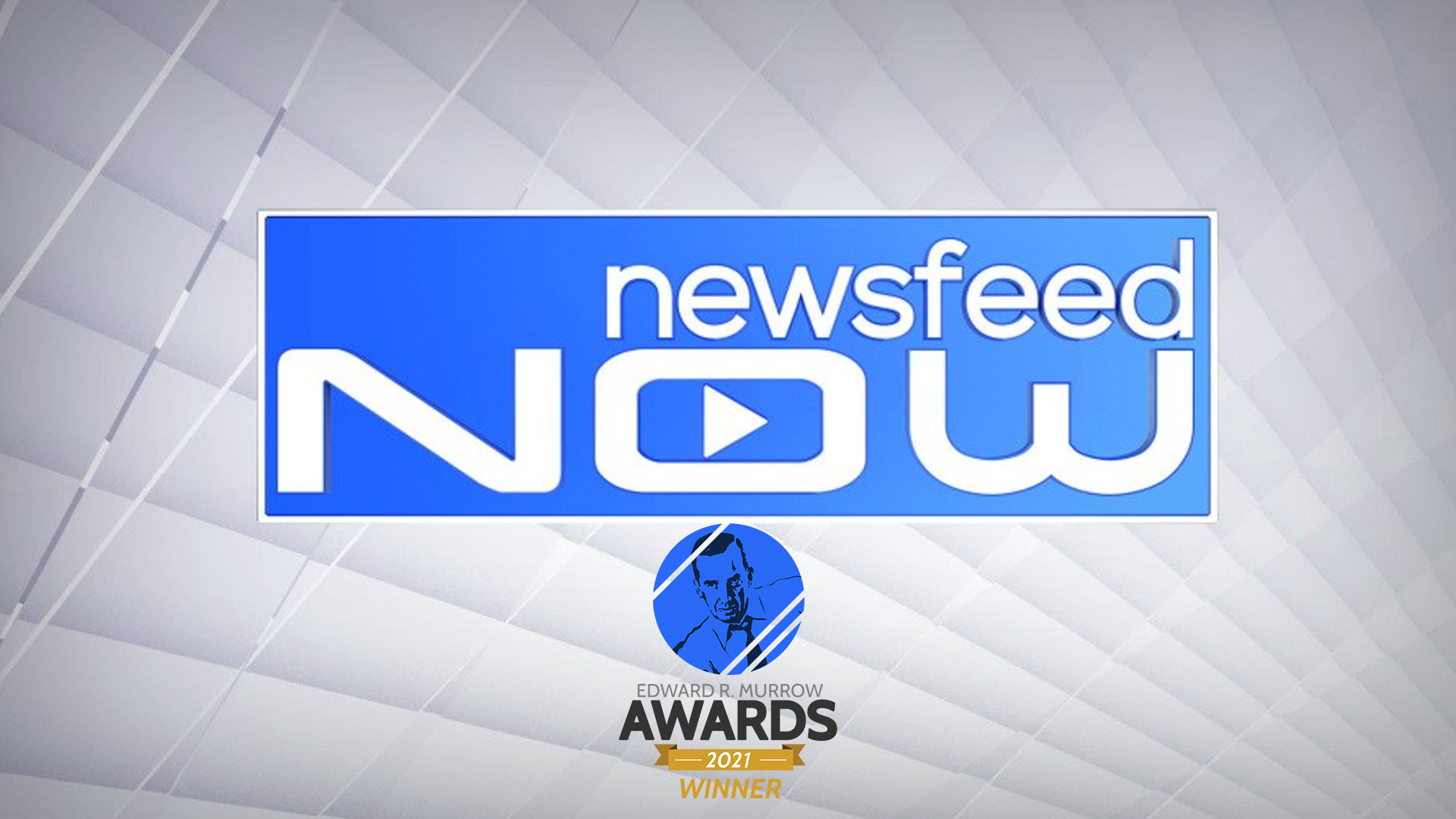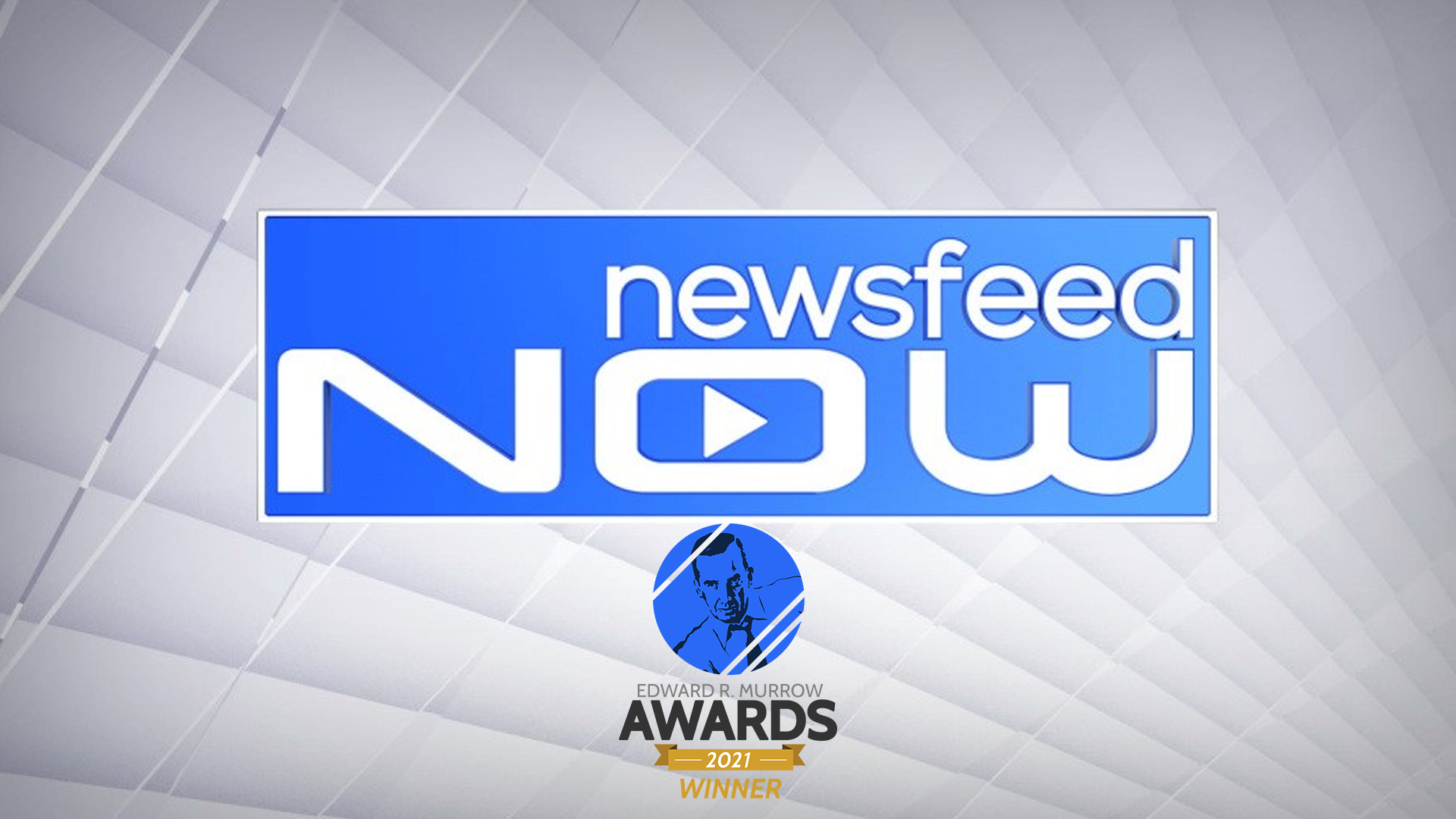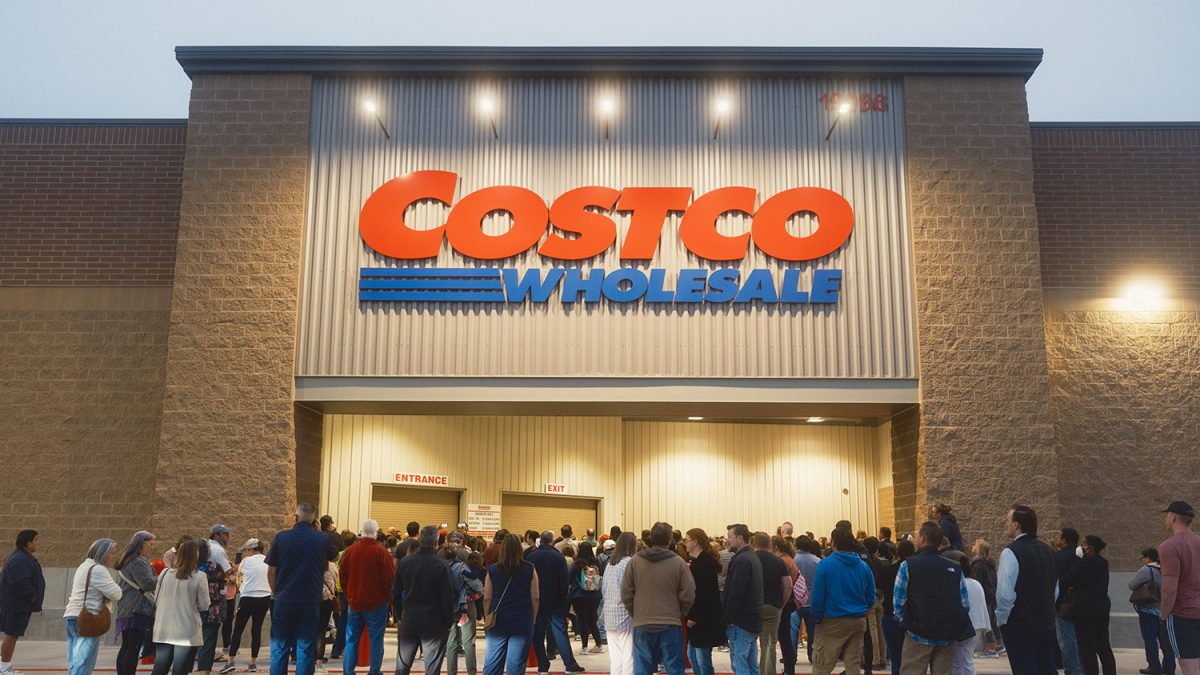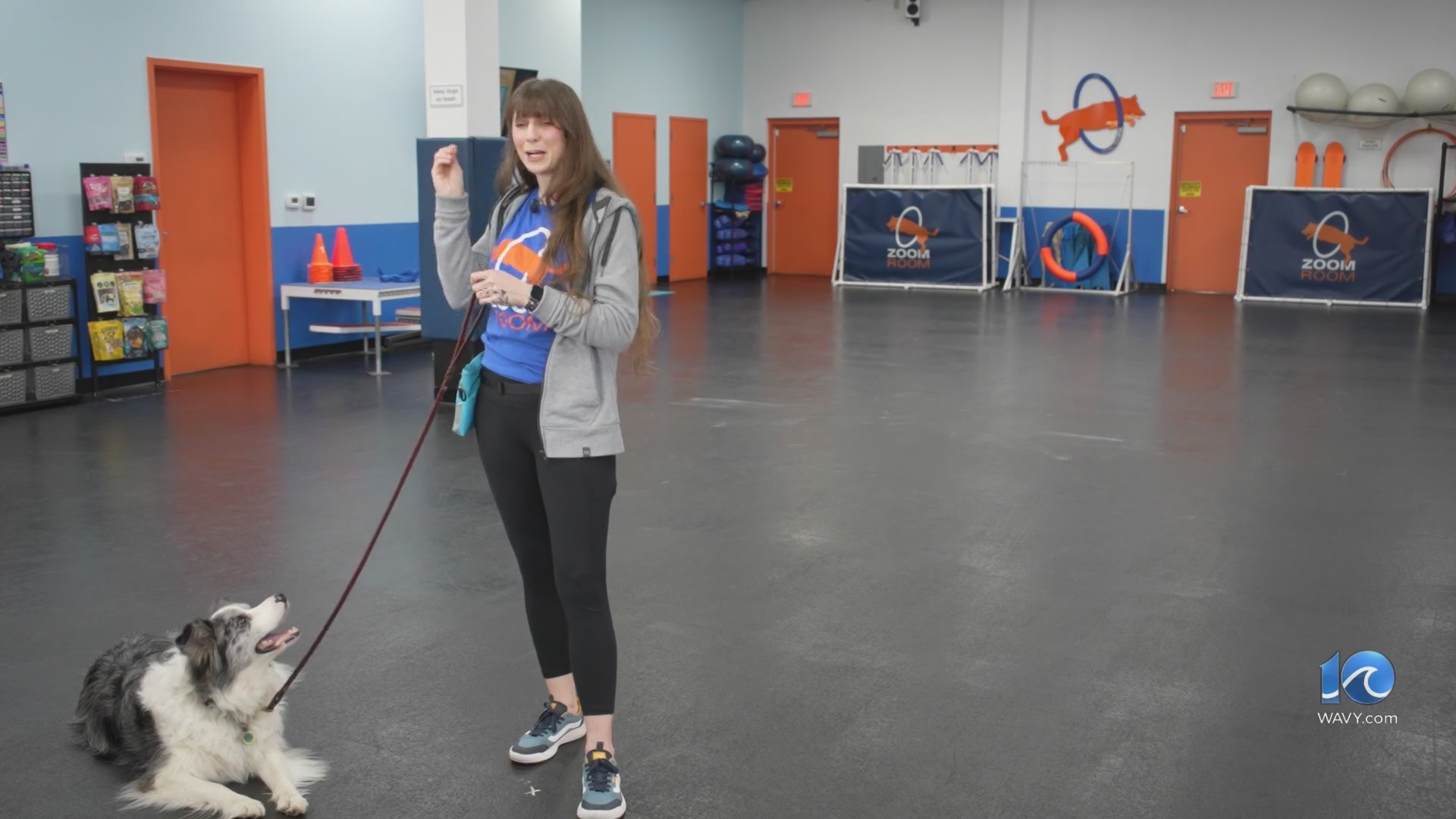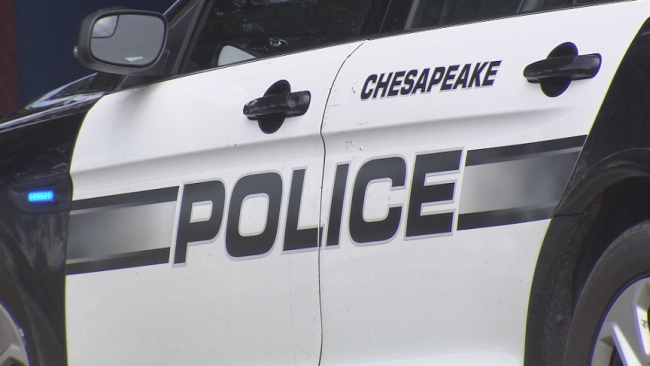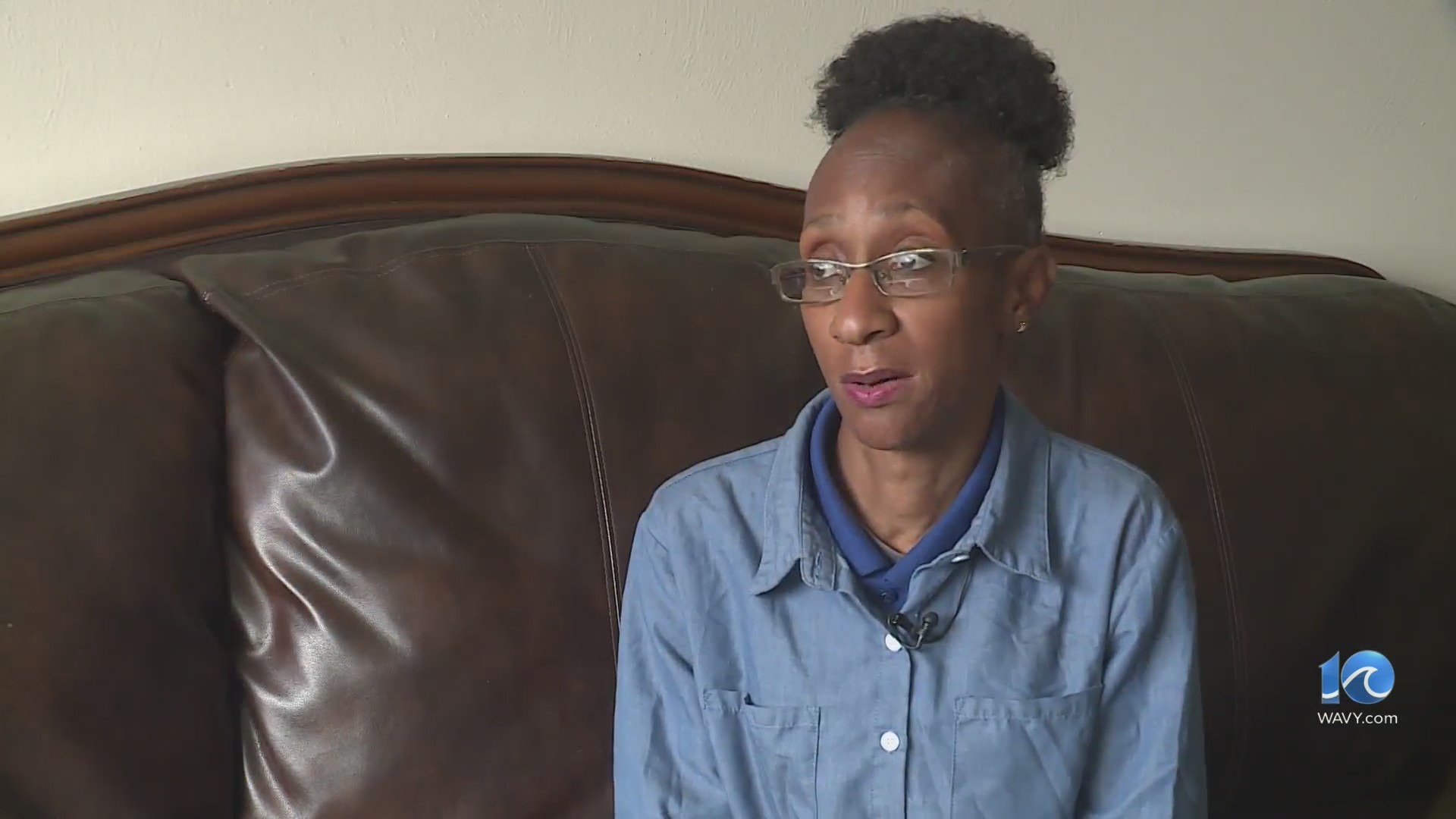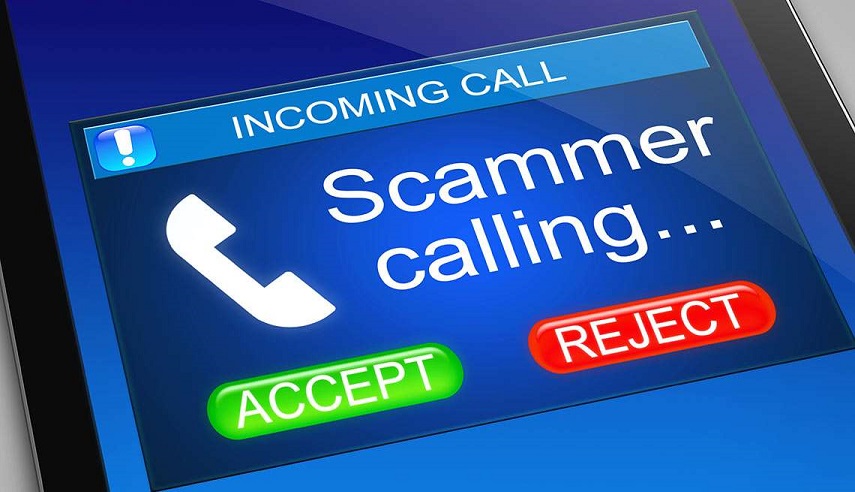HAMPTON ROADS, Va. (WAVY) – As we continue an important dialogue on race, equality, and policing in America, 10 On Your Side spoke to three local community leaders who represent two of the most well-known organizations at the forefront of this current push for change.
And while the approach may be different for the NAACP and Black Lives Matter, there is a unified message about making sure this movement is more than a fleeting moment in time.
Since the death of George Floyd, protesters have crowded into streets across the country chanting “No justice. No peace.”
But what exactly does justice in a more perfect union look like?
Long questioned names of popular brands are changing and monuments of confederate soldiers are coming down — police reform is still a work in progress though. So, we asked these local activists where things go from here.
“With the NAACP, people can continue to demonstrate, but now it’s time to legislate,” said Gayelene Kanoyton, Virginia’s Region 1 vice president of the NAACP and the Hampton Branch president. “And that’s where we need to go. We have to change policy. We want to make sure legislators know what our legislative priorities are as Virginia State Conference of NAACP. We are focusing on police reform, criminal justice reform, and items coming out of COVID for Black and Brown people and the underserved.”
“Dr. King said social movements that only change people, those are revolts,” said James Boyd, Portsmouth NAACP president. “But social movements that change both people and institutions, that’s revolution.”
“We wouldn’t say we’re extreme,” said Aubrey Japharii Jones, leader of Black Lives Matter 757. “We feel like we’re fighting the good fight. We have clear goals. If we felt like they were being met, we wouldn’t be doing what we’re doing.”
Shared goals between the organizations include reviewing and reforming the use of force policy and making sure each police department has not just a citizen advisory committee, but a citizen oversight committee — operating totally separate from the department.
“The oversight committee, by contrast, is one in which they have zero control over, has full subpoena authority and we can get to the bottom of things when it comes to officer-involved shootings or things within the department like diversity,” said Boyd.
“At this time pretty much the police, police themselves,” said Jones. “They have internal affairs and it’s still an entity within the same organization.”
They all say diversity and inclusion are another major priority but admit there are some major hurdles to departments achieving that goal.
“We’re going to have to have some hard conversations about institutional change,” said Boyd. “I think then people will want to be a part of it. But when you see what we see in this country, they’re very apprehensive to be in that environment.”
10 On Your Side reached out to each police department in Hampton Roads’ seven cities for a look at their diversity data.
Here’s what we received:
In a recent report, several chiefs of police told us as they work to increase diversity on their force, they’re often hindered by a lack of trust in the community, and many minorities not feeling as though their applications will be accepted.
One way in which they hope to combat that is by sending officers directly into neighborhoods for recruitment instead of waiting on people to come to them.
Boyd says to shift the paradigm, a part of the institutional change they seek revolves around disciplinary action of officers that are taken when things do go wrong.
“You see patterns where officers are not punished for committing these murders, where you see departments enshrine themselves around this ‘code blue,’ this wall of silence,” said Boyd.
“The police officer who was sitting on George Floyd’s neck, he had between 18 to 25 incidents against him, really,” said Kanoyton.
“You shoot somebody unarmed, you shoot somebody in their back, you shoot somebody as they’re retreating, you put your knee on somebody’s neck, you choke somebody out — you go to jail,” said Jones.
So what about calls to defund the police?
“Defund the police is about taking the funding and making sure it works for the police department and the community,” said Kanoyton.
“If you’re already saying you’re stretched too thin, putting that money toward social workers, mental health programs, things that y’all aren’t to do since you come out to calls after it’s happened,” said Jones.
It’s been 10 weeks since George Floyd’s death.
“The civil rights movement lasted for 10 years and part of that was because there was a collective resolve that we’re not going to allow organizational titles to divide us in this country,” said Boyd. “We are one. We have a shared experience. And we can have a shared fight.”


